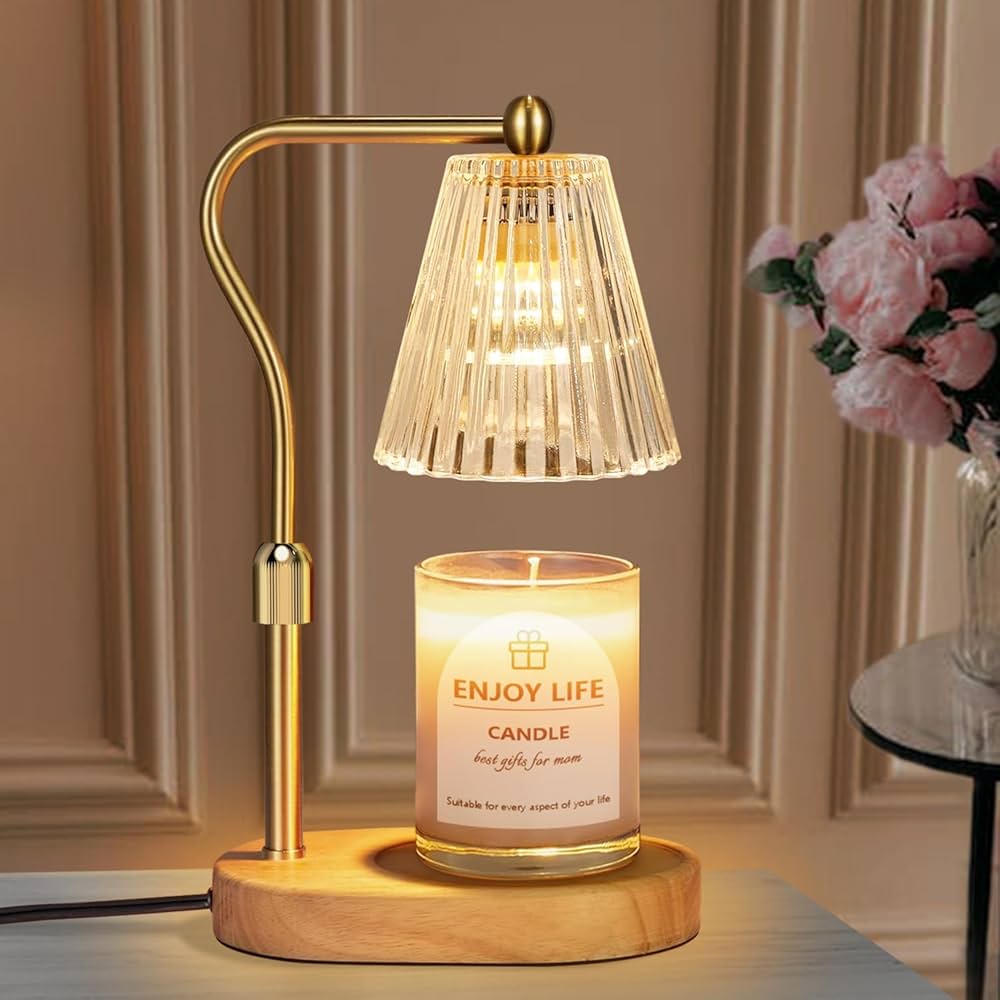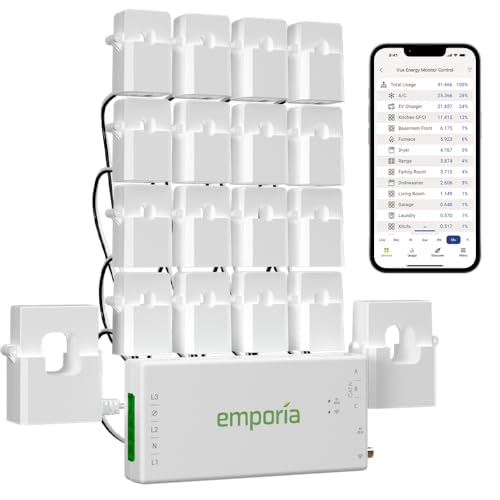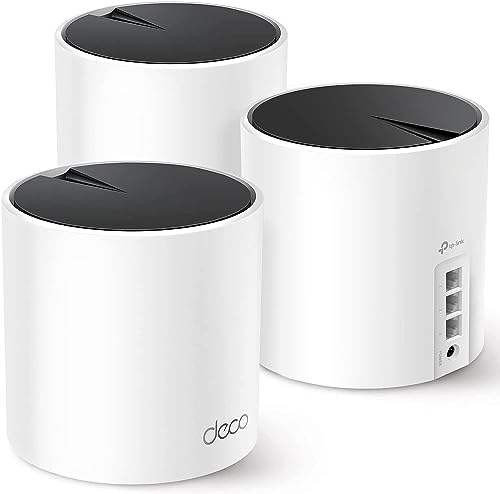Imagine coming home to the perfect ambiance every evening without lifting a finger. You want your candles to glow just when you need them, creating warmth and calm.
But remembering to light and extinguish them can be a hassle. What if you could build a smart candle light timer that does this for you automatically? You’ll discover how to create a simple, effective device that brings convenience and a touch of magic to your space.
Keep reading, and you’ll learn how to make your candlelight smarter, safer, and stress-free.

Credit: www.amazon.in
Choosing The Right Timer
Picking the right timer is key for a smart candle light timer. It controls when your candle lights turn on and off. The right timer saves energy and adds safety.
You should think about how the timer works, its power source, and useful features. These choices help you find a timer that fits your needs well.
Mechanical Vs Digital Timers
Mechanical timers use simple gears and dials to set times. They are easy to use and do not need batteries. Digital timers use electronic controls and screens. They offer more precise timing.
Mechanical timers are often cheaper and durable. Digital timers have many settings and can be programmed for different days. Choose based on how much control you want.
- Mechanical timers: Simple, no batteries, less precise
- Digital timers: Accurate, programmable, needs power
Power Sources Options
Timers can be powered by batteries, electricity, or solar energy. Battery timers are portable and easy to place anywhere. Electric timers plug into the wall for constant power.
Solar timers use sunlight to charge. They are eco-friendly but need good light to work well. Choose a power source that fits your candle light setup and location.
- Battery powered: Portable, needs battery changes
- Electric plug-in: Reliable, needs nearby outlet
- Solar powered: Eco-friendly, needs sunlight
Timer Features To Consider
Look for features like multiple on/off settings and easy programming. Some timers let you set different times for weekdays and weekends. Others have backup power to keep settings during outages.
Check if the timer fits your candle light’s voltage and wattage. Safety features like overload protection are also important. Pick features that make your timer easier and safer to use.
- Multiple on/off settings for flexible control
- Easy to program and adjust times
- Backup power to save settings
- Compatible with your candle light’s power needs
- Safety features like overload protection

Credit: www.amazon.com
Selecting Safe Candle Types
Choosing the right candle is important for safety. Some candles are safer to use than others.
This guide helps you pick candles that reduce fire risks and keep your space safe.
Led Vs Traditional Candles
LED candles look like real candles but use light bulbs. They do not have flames.
Traditional candles burn wax with a flame. They create real light and scent but need care.
- LED candles are cool to touch and safe around children and pets
- Traditional candles can cause fires if left unattended
- LED candles last longer and do not drip wax
- Traditional candles offer natural scent and ambiance
Battery-powered Candle Options
Battery-powered candles use small batteries to light up. They are a safe choice indoors.
These candles often have timers to turn on and off automatically. This adds safety and convenience.
- Look for candles with automatic timers
- Choose candles with flickering light effects for realism
- Replace batteries regularly to avoid leaks
- Use candles with secure battery compartments
Safety Tips For Candle Use
Always place candles on stable, heat-resistant surfaces. Keep them away from flammable items.
Never leave burning candles unattended. Extinguish candles before leaving a room or sleeping.
- Keep candles out of reach of children and pets
- Trim candle wicks to ¼ inch before lighting
- Avoid drafts that can cause candles to burn unevenly
- Use candle holders that catch dripping wax
Gathering Materials And Tools
Building a smart candle light timer is a fun project. You need the right parts and tools. This guide helps you gather everything needed.
Getting the right materials and tools makes building easier. It saves time and avoids problems later on.
Essential Components List
These components are the main parts for the smart candle light timer. Each has a clear role to make the timer work.
- Microcontroller (like Arduino or ESP8266)
- Real Time Clock (RTC) module
- Relay module to control the candle light
- Battery or power supply
- Wires and connectors
- Enclosure box to hold parts
- Switch or button for manual control
- LED indicator for status
Tools Needed For Assembly
You need a few simple tools to build the timer. These tools help you connect parts safely and correctly.
- Soldering iron and solder wire
- Wire cutters and strippers
- Screwdriver set
- Multimeter for testing circuits
- Hot glue gun for fixing parts
- Small pliers or tweezers
Where To Source Materials
You can find parts and tools at many places. Look for reliable sources with good quality items.
Local electronics shops and online stores offer most components. Check prices and reviews before buying.
- Electronics specialty stores
- Online marketplaces like Amazon or eBay
- Hobby and maker community shops
- Hardware stores for tools
- Recycling old electronics for some parts
Step-by-step Timer Assembly
Building a smart candle light timer helps control candle lighting automatically. This guide will show you how to assemble the timer step-by-step.
Follow each step carefully to ensure your timer works correctly with the candle holder.
Wiring The Timer Circuit
Start by connecting the timer circuit according to the wiring diagram. Use a breadboard or solder the parts for a stable connection.
Make sure to connect power, timer module, and output pins properly. Double-check the polarity to avoid damage.
- Connect the positive power supply to the timer’s VCC pin
- Attach the ground wire to the GND pin
- Connect the timer output to the relay controlling the candle light
- Secure all connections to prevent loose wires
Mounting The Timer On Candle Holder
Place the timer circuit inside a small protective case to avoid damage. Attach the case to the candle holder carefully.
Use screws or adhesive tape to fix the timer securely. Ensure wires are neat and do not block the candle flame.
- Choose a spot near the candle but away from heat
- Fix the timer case with double-sided tape or screws
- Arrange wires to avoid tangling or damage
- Check that the timer display is visible for easy setting
Testing The Timer Setup
After mounting, test the timer to ensure it controls the candle light as planned. Set the timer for a short period first.
Watch the candle light turn on and off at the set times. If the timer does not work, check wiring and connections again.
- Power on the timer and set a test duration
- Observe if the relay activates to light the candle
- Confirm the timer turns off the candle at the end
- Adjust timer settings if needed for correct operation
Customizing Ambiance Settings
Smart candle light timers let you create the perfect mood in any room. You can set the light to turn on and off at times that suit your lifestyle.
Adjusting the timer, dimming the light, and using remote controls make your candle light smarter and easier to use.
Adjusting Timer Durations
Set the candle light to stay on for the time you want. You can choose short or long durations depending on your activity.
Timers help save energy and keep your space cozy without needing to watch the clock.
- Choose fixed times like 30 minutes or 1 hour
- Set multiple timers for different parts of the day
- Use countdown timers for flexible lighting needs
Integrating Dimming Features
Dimming controls let you change the brightness of the candle light. You can make it soft and gentle or bright and clear.
This feature helps match the light to your mood or activity, like reading or relaxing.
- Adjust brightness smoothly from low to high
- Save favorite brightness levels for quick use
- Combine dimming with timers for automatic ambiance
Adding Remote Control Options
Remote controls let you manage your smart candle light from a distance. You can turn it on or off without getting up.
Use a remote or smartphone app to change settings quickly and easily.
- Control multiple candles with one remote
- Use apps for precise timing and dimming
- Set schedules remotely to fit your routine
Troubleshooting Common Issues
Smart candle light timers help control candle lights automatically. Sometimes, they face problems that stop them from working well.
Knowing how to fix common issues saves time and keeps your timer safe and reliable.
Timer Not Switching Correctly
Your timer may fail to turn the candle light on or off at the right time. This can happen due to wrong settings or hardware faults.
Check if the timer is set to the correct time and mode. Make sure the clock is synchronized and the schedule is active.
- Reset the timer to factory settings and set the schedule again
- Ensure the timer’s internal clock is accurate
- Look for stuck buttons or damaged switches
Power Supply Problems
A timer that does not get enough power cannot work properly. Power supply issues may cause the timer to shut off or reset.
Check the power source and connections. Use the recommended batteries or power adapters for your device.
- Replace old or weak batteries
- Inspect power cables for damage or loose plugs
- Use a stable power outlet without voltage drops
Safety Malfunctions
Smart candle light timers have safety features to prevent accidents. If these features fail, the timer may cause hazards.
Test the safety switches and sensors regularly. Do not ignore any unusual smells or sounds from the timer.
- Check for overheating parts
- Ensure fire-resistant materials are intact
- Replace damaged or faulty safety components
Creative Uses For Smart Candle Timers
Smart candle timers let you control candles easily and safely. They help set the mood without needing to watch the clock.
You can use smart candle timers in many ways for decorations, romance, and events. They make lighting simple and fun.
Seasonal Decorations
Smart candle timers add charm to seasonal decorations. They can turn on lights at sunset or during special holidays.
Set your candles to glow automatically during Halloween, Christmas, or other holidays. This saves time and keeps your home festive.
- Light candles every evening at the same time
- Turn off candles automatically to save battery
- Use different timers for various holiday themes
Romantic Settings
Smart candle timers help create a warm and cozy atmosphere for romantic moments. You can plan the perfect lighting without fuss.
Set candles to light at dinner time or before a special date. This makes your space inviting and comfortable.
- Schedule candle lighting for surprise dinners
- Control brightness levels with smart timers
- Turn off candles quietly after the evening ends
Event Lighting Solutions
Smart candle timers are useful for events like parties and gatherings. They help keep the lighting consistent and safe.
Use timers to light candles on schedule for ceremonies or celebrations. This reduces the need for manual handling.
- Program candles to light during event start
- Automatically turn off candles at event end
- Control many candles from one device

Credit: www.amazon.com
Frequently Asked Questions
What Is A Smart Candle Light Timer?
A smart candle light timer automates candle lighting based on set schedules. It enhances safety and convenience while creating ambiance.
How Does A Smart Candle Light Timer Work?
It uses sensors or timers to control candle lighting. Users set times or triggers for the candle to light or extinguish automatically.
Why Build A Smart Candle Light Timer?
Building one saves money and customizes features. It improves safety by reducing fire risk through automated control.
What Materials Are Needed To Build It?
You need a microcontroller, relay module, sensors, power supply, and candle holder. Basic electronics tools are also required.
Conclusion
Creating a smart candle light timer is simple and rewarding. This project enhances both ambiance and energy efficiency. A few basic components and clear steps are all you need. You’ll enjoy the cozy, automated glow in your space. Plus, it brings a touch of modern convenience to traditional candle lighting.
Try it out and see how it transforms your home atmosphere. The satisfaction of building your own device is unmatched. Share your experience with friends and inspire others. Embrace this fun, hands-on project today.
20 min read







